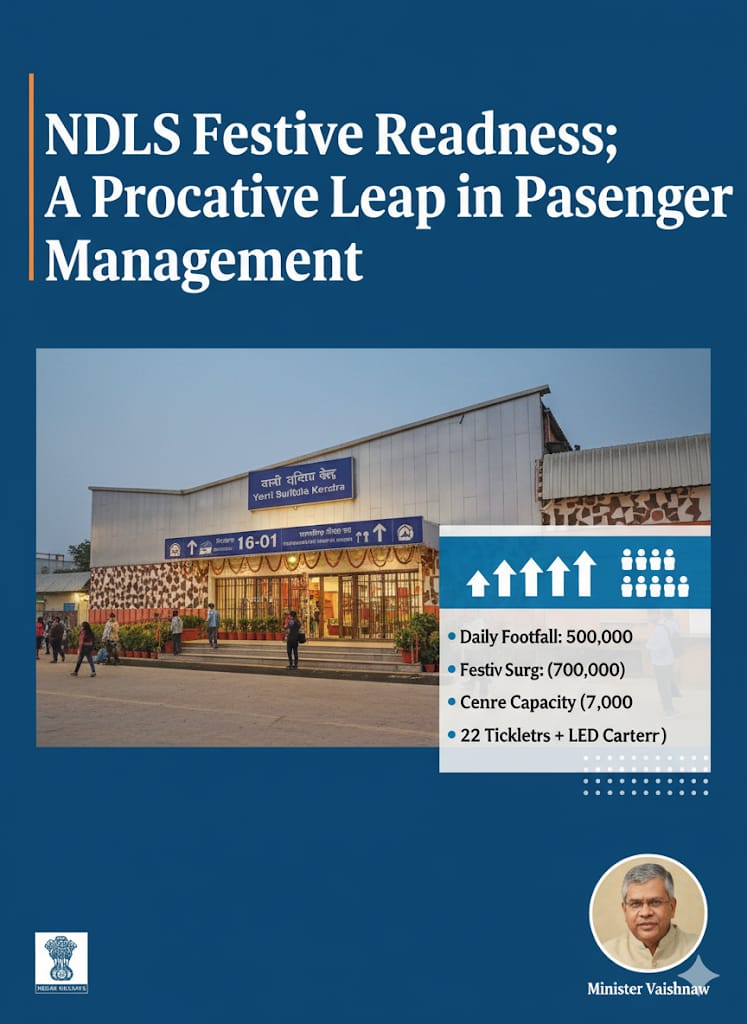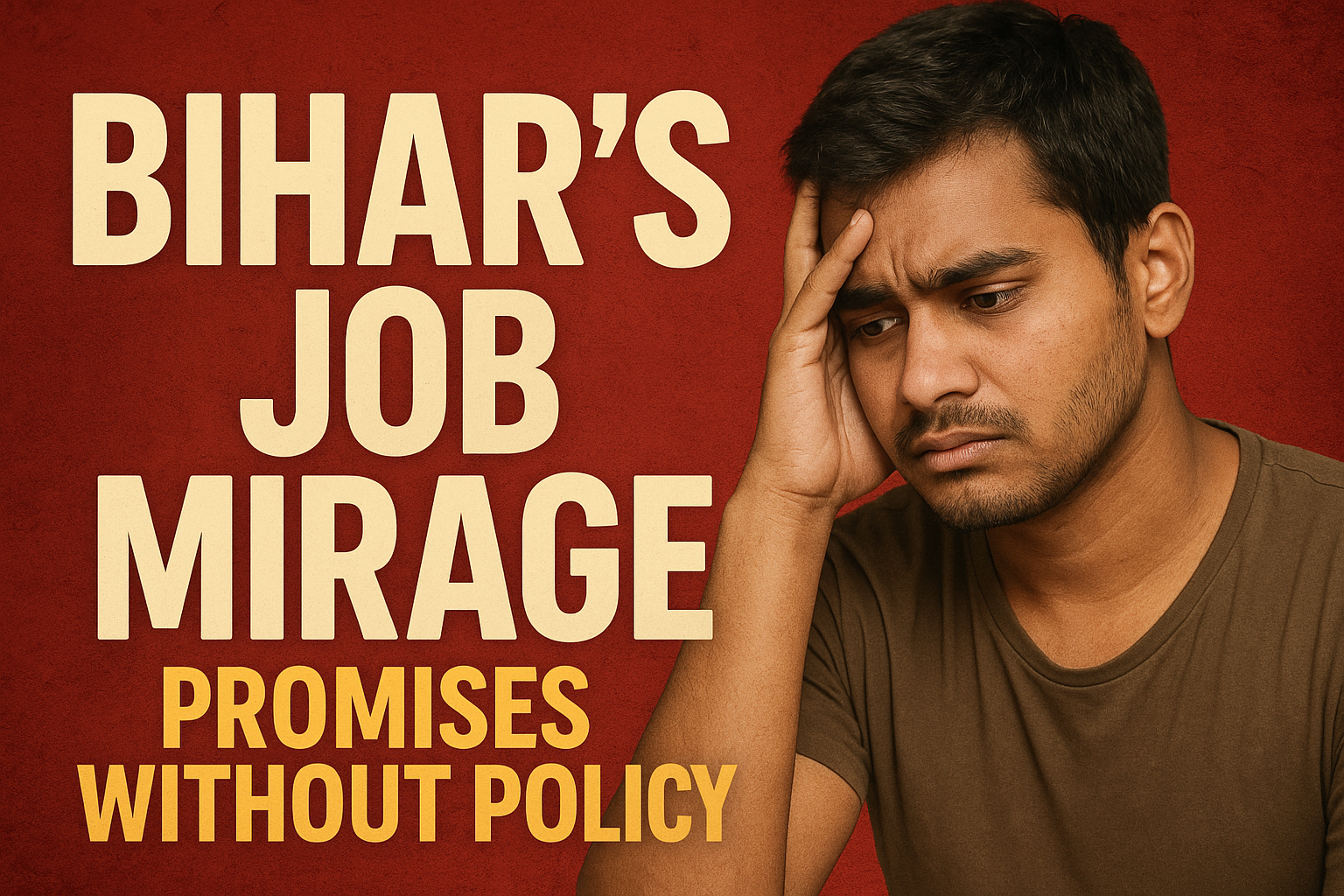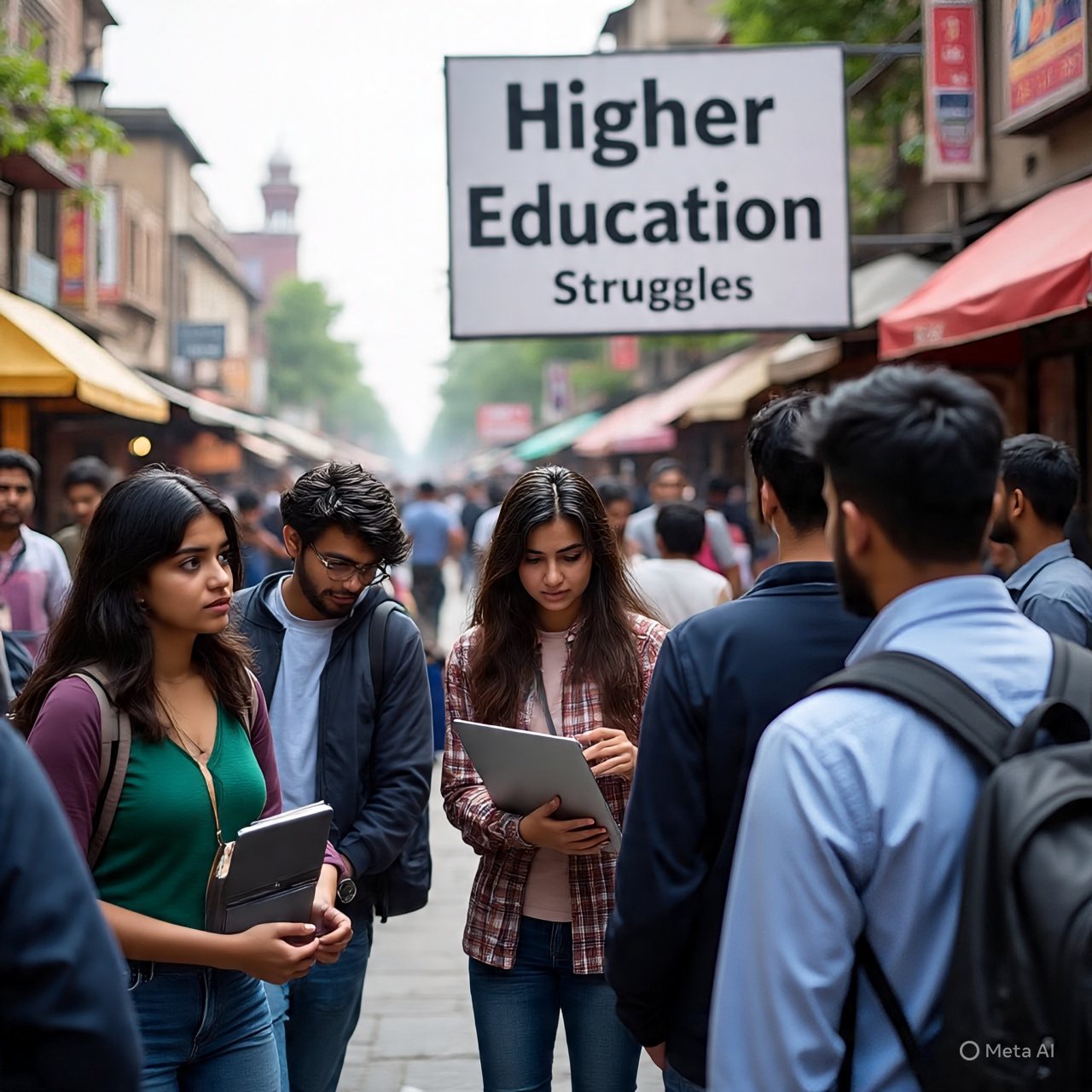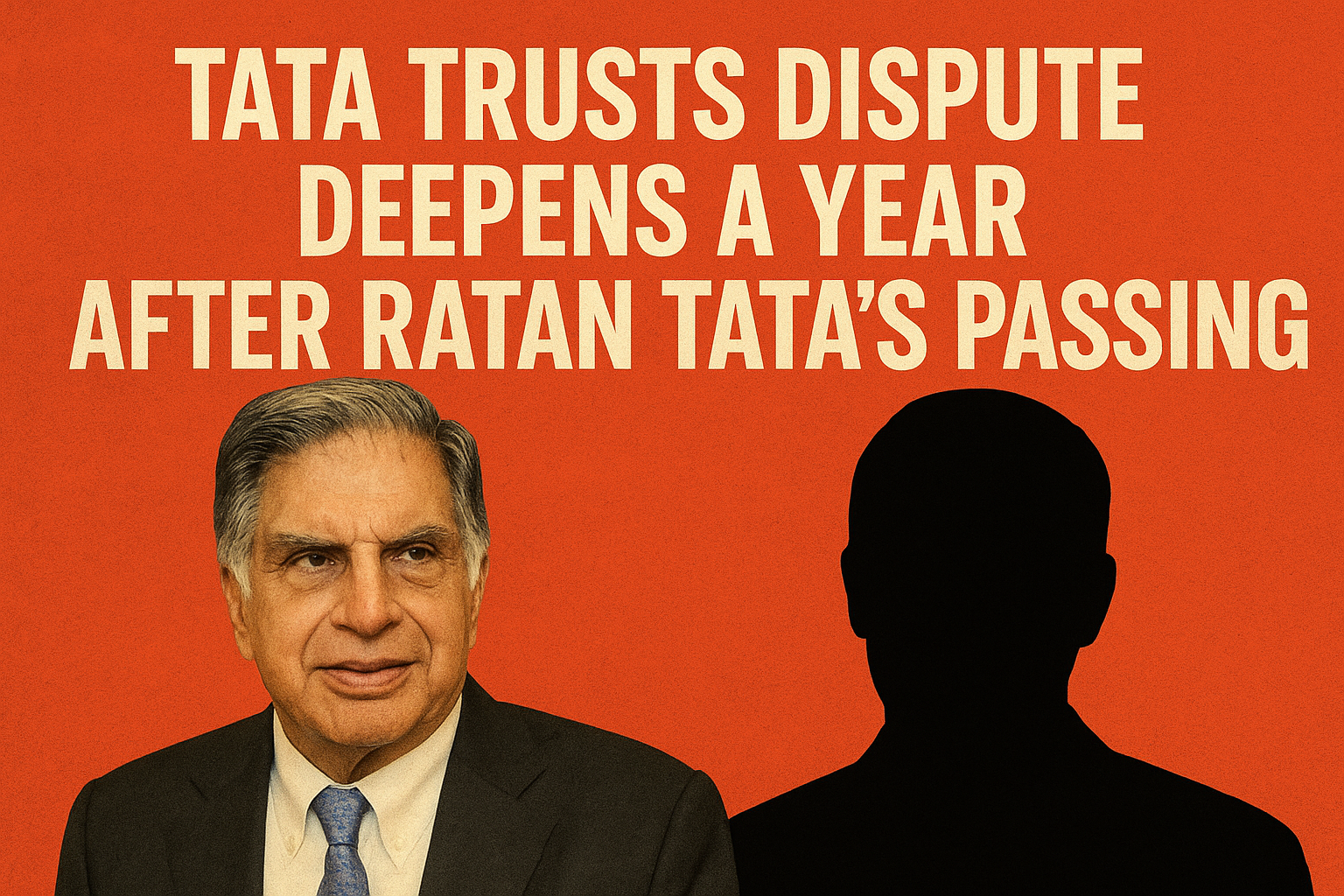
Donald Trump has always thrived on blunt declarations. His latest calling the Indian economy “dead” is more than just political theatre. It is part of a wider trade war strategy that now threatens to realign global alliances in ways Washington may not have anticipated. By slapping tariffs of up to 50% on Indian goods, the U.S. President has chosen confrontation over cooperation. As a result, India, long seen as a counterweight to China, is edging closer to Beijing to protect its economic interests.
The irony is striking. Trump wants to punish China and discipline trade partners. Yet his tariff crusade risks pushing the world’s largest democracy into China’s embrace. For years, Washington has courted New Delhi as a partner in the Indo-Pacific strategy, a key player in QUAD, and a bulwark against Beijing’s growing influence. Now, by cornering India economically, Trump is undermining America’s own strategic design.
Indian economy is not “dead.” It is wounded by tariffs, pressured by global slowdown, and grappling with domestic challenges. Growth has softened, exports face headwinds, and investors are nervous. But India remains a $4 trillion economy with a billion-strong consumer base. It is too big to dismiss and too vital to alienate. By declaring it “dead,” Trump has offered Beijing a propaganda gift. The dragon can now argue that India is a failing alternative, urging global businesses to stay loyal to Chinese supply chains.
This shift is not merely rhetorical. Trade patterns are beginning to reflect it. With U.S. tariffs choking access, India is quietly exploring deeper economic channels with China. Joint ventures, regional trade partnerships, and shared resistance to U.S. trade bullying are gaining momentum. For Beijing, this is a strategic prize: to turn a rival into a reluctant partner. For Washington, it is a self-inflicted wound.
India faces a tough balancing act. On one side is the U.S., a long-term security partner, and on the other is China, its most formidable neighbor and competitor. Trump’s tariff hammer, however, is tilting the balance. India cannot afford to watch its exports strangled, its supply chains disrupted, and its industries taxed into decline. The path of least resistance is to seek relief through cooperation with China, even if reluctantly.
But let us be clear: India’s economic struggles are not terminal. The fundamentals—demographics, digitalization, and rising domestic demand—remain intact. IT services, pharmaceuticals, and renewables are still robust. What India needs are reforms in labour, taxation, and infrastructure to unlock growth. What it does not need is an American president writing its obituary while making policy choices that weaken its position.
Trump’s miscalculation lies in underestimating how tariffs can alter alliances. Trade wars are not fought in isolation; they redraw global maps. By declaring war on India’s exports, the U.S. may inadvertently fuel an Asian bloc where India and China set aside rivalries in pursuit of survival. For the world’s two most populous nations to even consider partnership against U.S. pressure is a scenario Washington has long sought to prevent.
The dragon, of course, smells opportunity. Every insult hurled at India, every punitive duty imposed, strengthens Beijing’s hand. China can now claim the mantle of pragmatism, offering India trade concessions and regional cooperation, even as border tensions simmer. Trump may believe he is forcing nations into line. In reality, he is driving them into alternative camps.
India has choices to make. It can either resist the lure of Beijing and absorb the shock of U.S. tariffs, or it can pragmatically cooperate with China to safeguard its economy. Neither path is easy, but both are shaped by Trump’s policies. What is certain is that India is not dead. It is adapting, recalibrating, and surviving in the harsh theatre of global trade wars.
Trump wanted to write India’s economic obituary. Instead, he may end up writing the prologue to a new Asian alignment—one where India, out of necessity, stands closer to China than to America.




.jpeg)

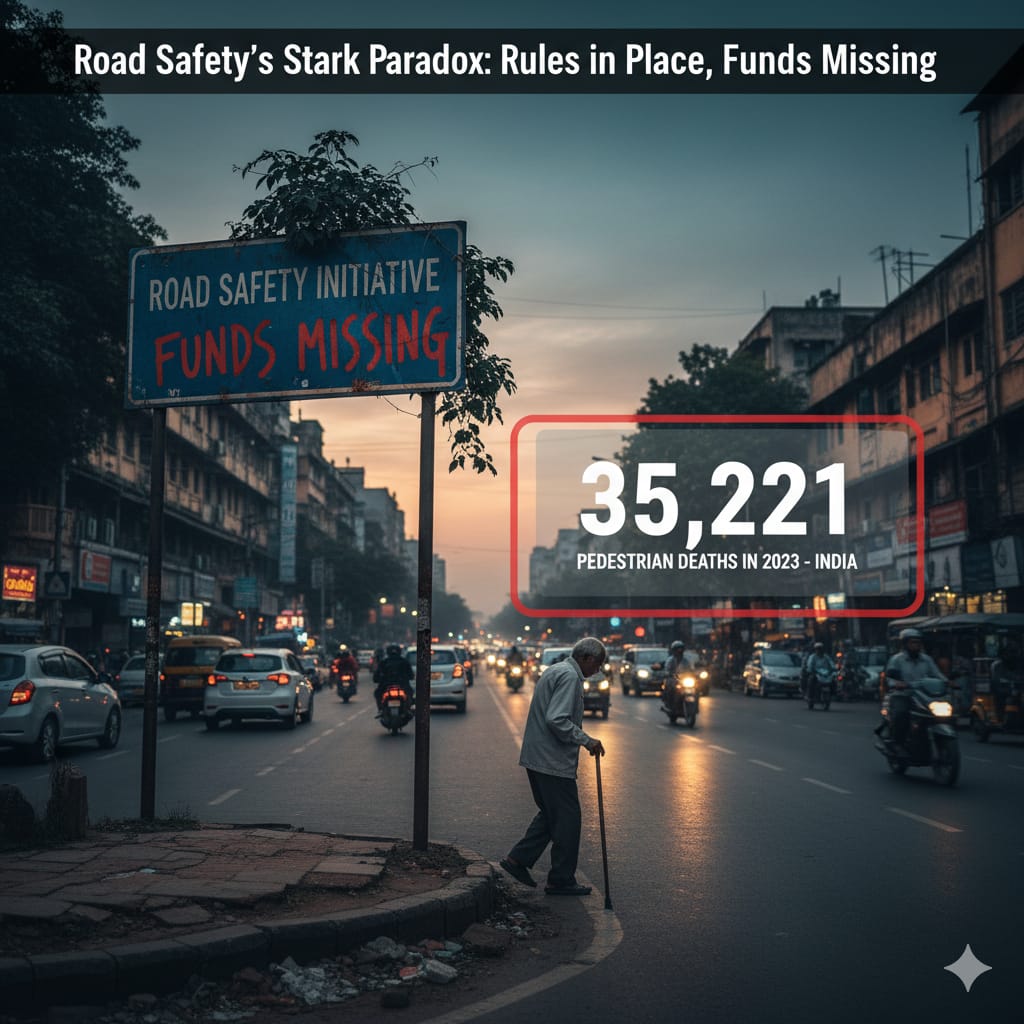
.jpeg)

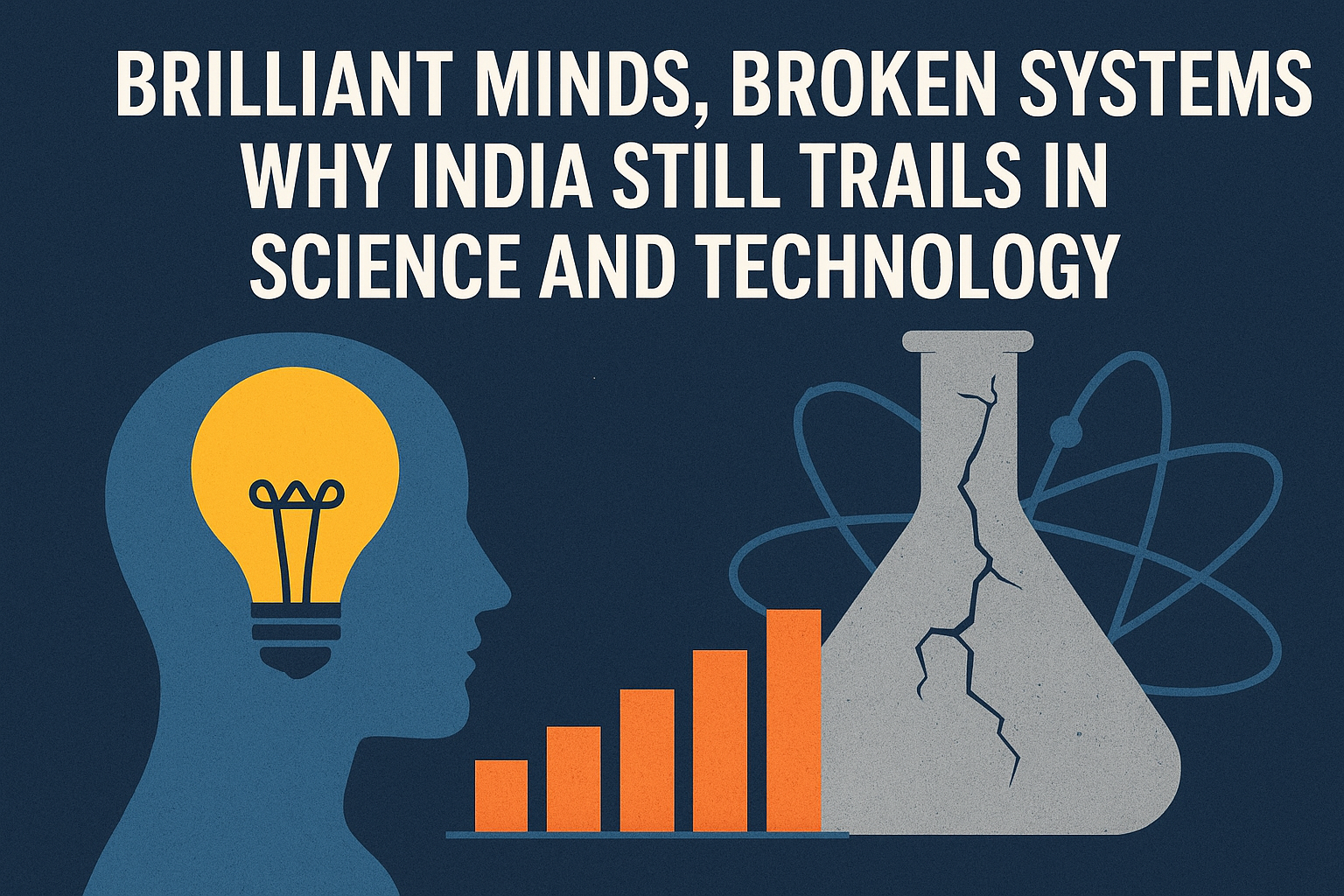


.jpeg)
